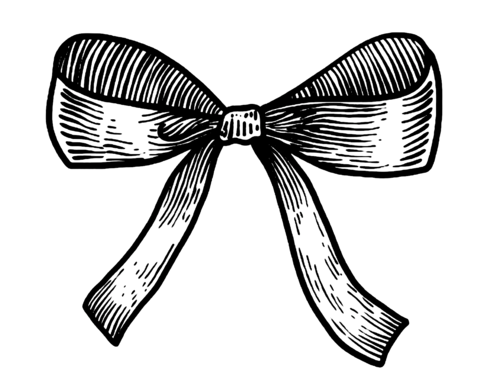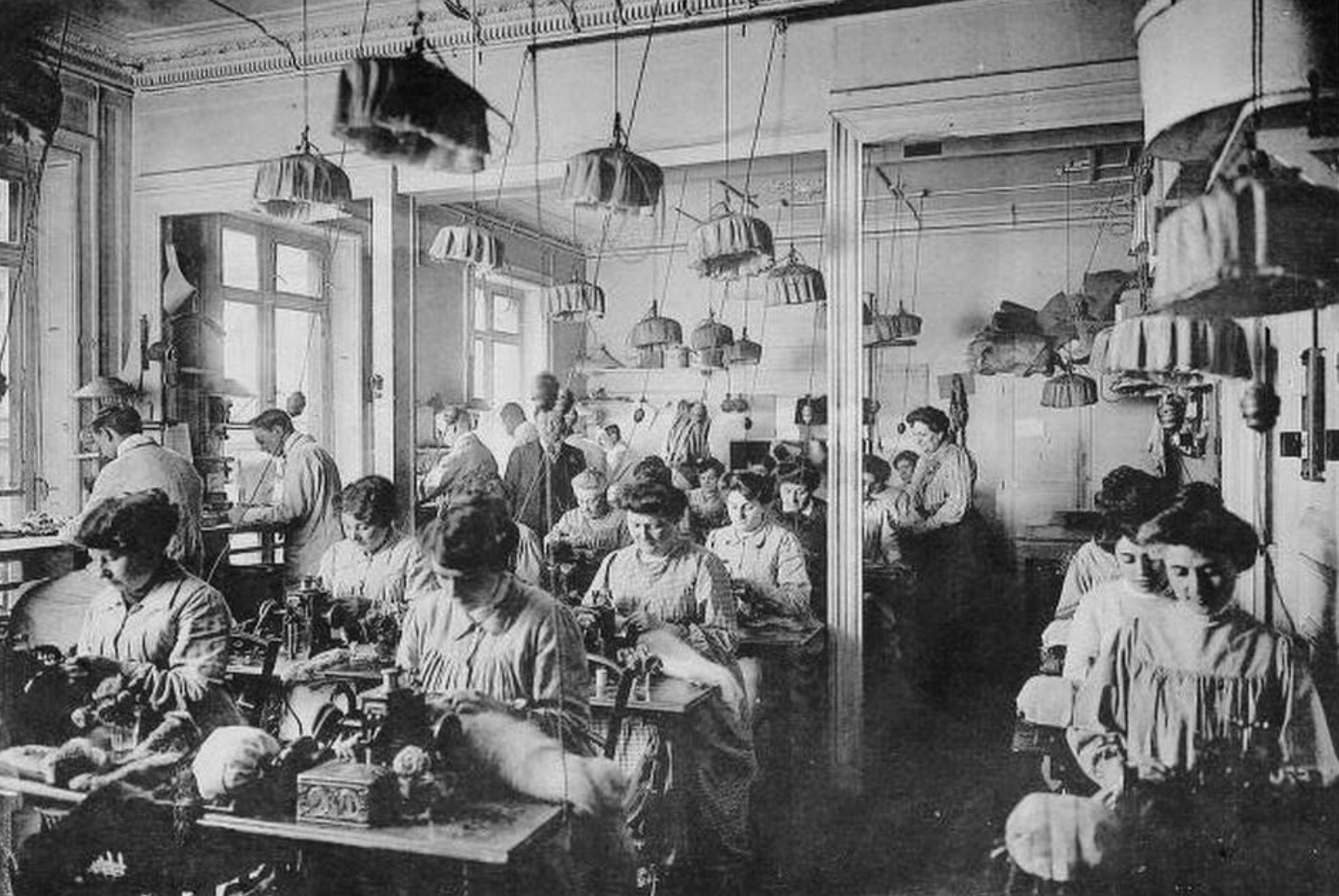The Origins of Haute Couture: from Opéra to Le Sentier
Henri Gervex, Cinq Heures Chez Paquin
The Belle Époque saw the dawn of Haute Couture as Charles Frederick Worth, Jacques Doucet and Jeanne Paquin established their maisons at Opéra, on Rue de la Paix to be precise, in the 2nd arrondissement of Paris. A short carriage-ride away was Louis Vuitton on Rue Scribe, Redfern on Rue de Rivoli, and the Callot Soeurs on Rue Taitbout. In the early 20th century the next generation of designers followed suit as Elsa Schiaparelli and Madame Grès made Rue de la Paix their home and a short automobile-ride away was Paul Poiret on Avenue d’Antin, Coco Chanel on Rue Cambon and Madeline Vionnet on Rue de Rivoli.
19th and early 20th century views of Rue de la Paix with the Houses of Jeanne Paquin, Charles Frederick Worth and Jacques Doucet
Jean Béraud, La Rue de la Paix, 1907 (notice the House of Paquin on the right!)
It’s no surprise that the suppliers of the luxury houses were to be found in the surrounding areas. Nestled between the grand, tree-lined Haussmannian boulevards of Sebastopol, Poissonnière, Bonne-Nouvelle and Réaumur are the narrow, criss-crossing streets of Le Sentier. It has been the supplier of the luxury fashion industry since the Napoleonic Empire in the 18th century when the streets were lined merchants and craftspeople catering to the needs of seamstresses, dressmakers, tailors, milliners, embroiderers, feather-workers and artificial flower-makers.
Elegant Parisiennes who perhaps could not afford the extravagance of Maison Worth, Doucet or Paquin would come to the Sentier looking to enhance their wardrobes. In one building they could select their fabrics in the basement, discuss their designs with the tailors and seamstresses in the ateliers upstairs and collect their garments from the boutiques at street level. The foundations for ready-to-wear and then fast-fashion were laid in these efficient systems.
Their fine clothes were made by merchants and craftspeople whose origins tell the inextricably linked history of immigration, colonialisation and the textile trade. The streets of Sentier bustled with immigrants from Alsace and Normandy in France, Armenia and Turkey, Jewish people from Eastern Europe and North Africa. The French Company of the East Indies established their headquarters here, selling printed cottons exported from their colonies in Pondicherry and Chandemanger, India. Even the street names tell the story of the Napoleonic campaign in Egypt; rue d’Aboukir, rue de Caire, rue du Nil, rue d’Alexandrie and the Passage du Caire.
The statue of St. Catherine, patron saint of the Midinettes, the young women who worked in the surrounding Haute Couture ateliers, still stands watch on the corner of rue Cléry and Poissonière. These women also rushed through the streets of Sentier on their way to and from work, signifying the changing roles of women in society with their financial independence and successful demands for labour reforms in the late 19th and early 20th century.
As Haute Couture flourished, the streets between Opéra and Le Sentier began to fill with the ateliers of paruriers; craftspeople who specialised in feathers, artificial flowers, passementerie, lace and of course, embroidery. In 1879, at Place de la Bourse, Maison Hurel was established and this family-run embroidery atelier is now in it’s 5th generation. The story of Haute Couture embroidery is a fascinating one, and like the best stories it starts long, long, ago….

























